Photo credits: Wikimedia Commons
W.E.B. DuBois arranged a second Pan-African Congress summit on February 19, 1919, over two decades after the first, which took place in 1900. It was held next to the Paris Peace Conference, which was called to build a durable peace after the Great War. The Pan-African Congress tried to gain a role in the new international order for peoples of African heritage.
The online exhibition Echoes of the Great War: American Experiences of World War I by the Library of Congress provides insights into the 1919 congress, which served as a model for future congresses, a forum for uniting the global black diaspora, and a means of charting a course for black globalism.
At the Grand Hotel in Paris, attendees held court. There were fifty-seven delegates from sixteen countries and territories in Africa, sixteen from the United States, and fourteen from the United States. Former Senegalese President Blaise Diagne was elected president, and Du Bois was appointed secretary.
Earlier, he flew to France in Dec. 1918 as a delegate of the NAACP, believing that the Paris Peace Conference offered the right backdrop for a concurrent gathering of black leaders from across the globe to address the worldwide crisis of racism.
DuBois hurriedly convened the assembly with the assistance of French MP and Senegalese native Blaise Diagne. Regrettably, few African representatives were able to participate because colonial governments refused to allow them to go to Paris. Many African-Americans were unable to attend because the US government impeded their bids to visit France’s capital.
Undeterred, DuBois, Diagne, and 55 other participants from 15 countries assembled in Paris in February 1919 for three days. African-Americans such as DuBois, as well as campaigners Rayford Logan and Addie Waites Hunton, were among the greatest contingents.







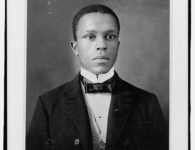
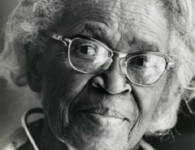

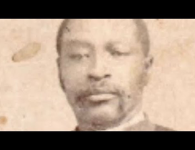
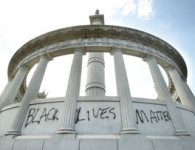





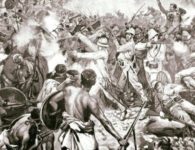
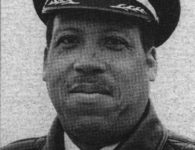
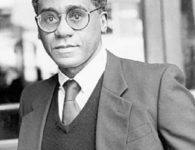

No comments